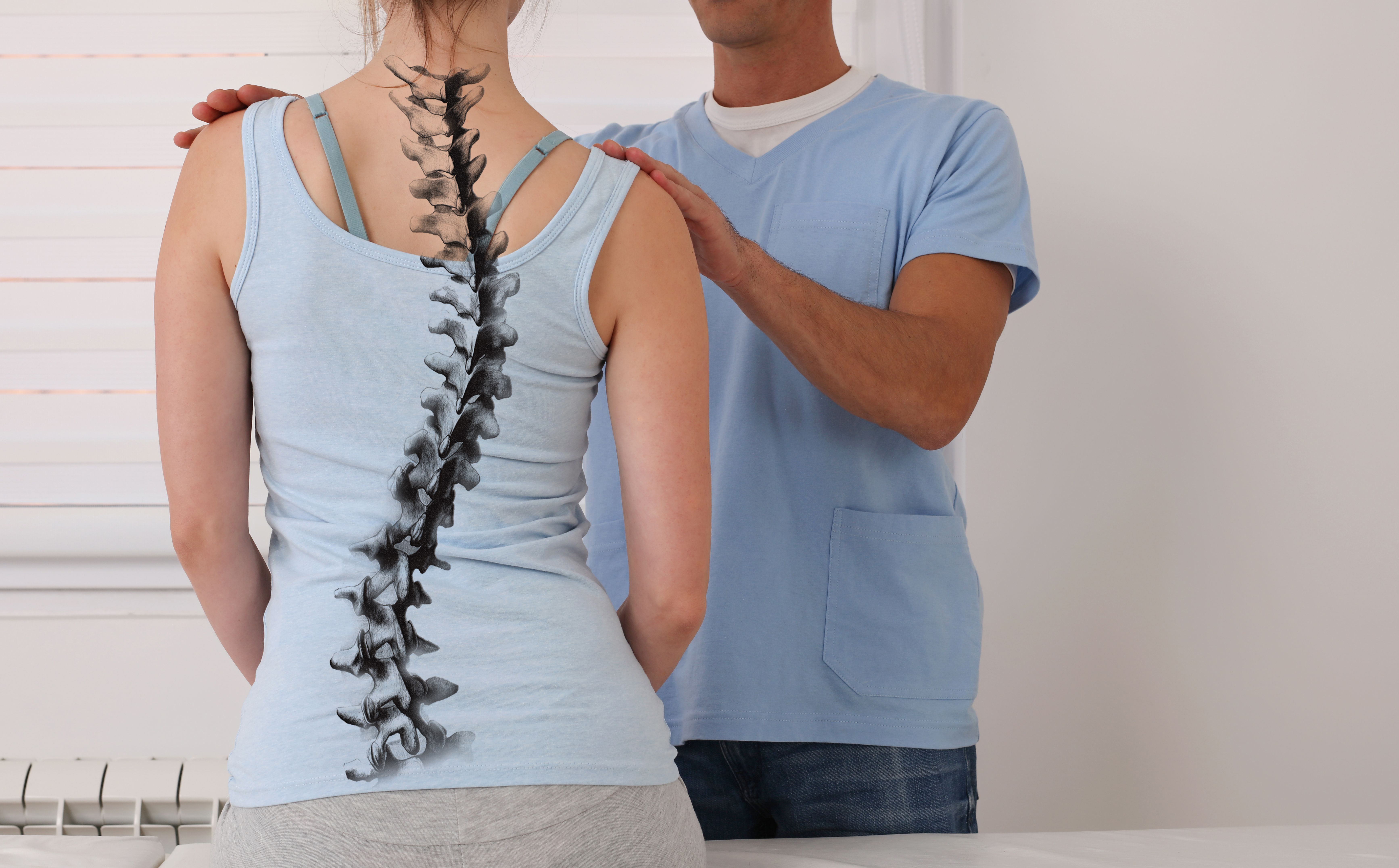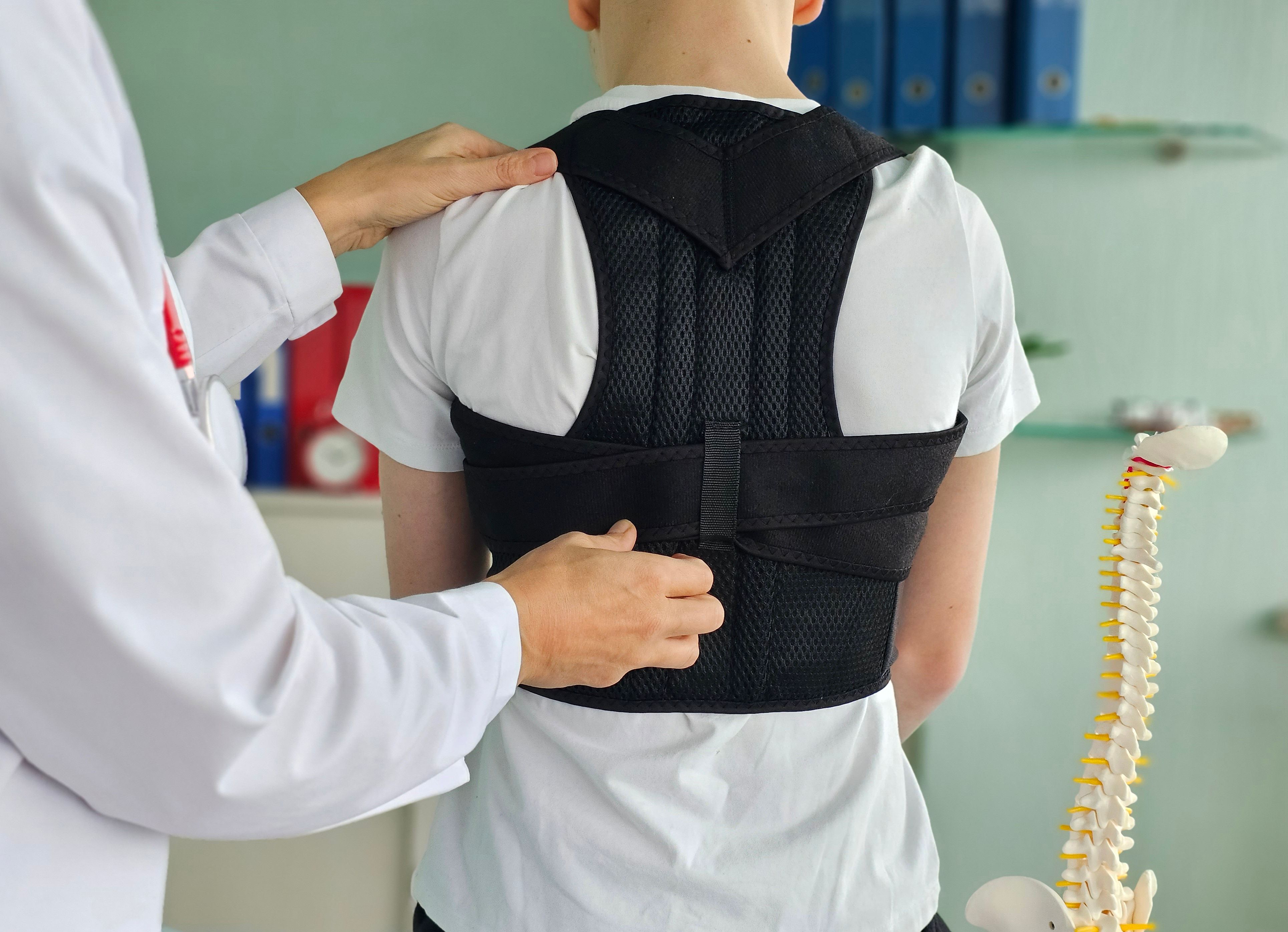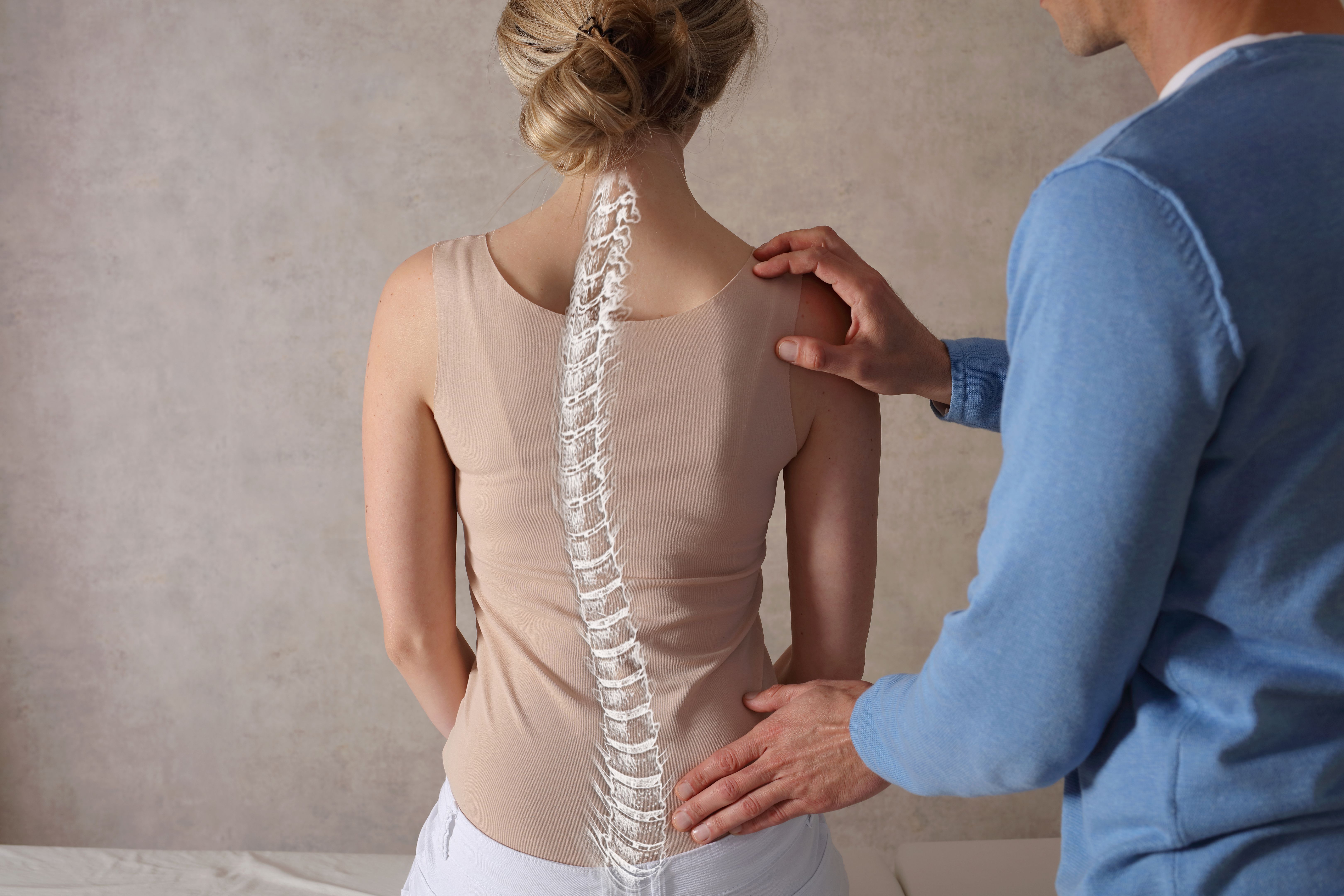Understanding Scoliosis: Causes, Symptoms, and Treatment
What is Scoliosis?
Scoliosis is a medical condition characterized by an abnormal lateral curvature of the spine. While a healthy spine appears straight when viewed from the back, a spine with scoliosis curves to the side, often resembling a "C" or "S" shape. This condition can occur at any age but is most commonly diagnosed in children and adolescents during their growth spurts.

Causes of Scoliosis
The exact cause of scoliosis is not always clear, which is why many cases are classified as idiopathic scoliosis. However, several factors can contribute to the development of this condition:
- Genetics: There is evidence to suggest that scoliosis can run in families, indicating a genetic predisposition.
- Neuromuscular Conditions: Disorders such as cerebral palsy or muscular dystrophy can lead to scoliosis due to imbalances in muscle strength and coordination.
- Congenital Factors: Some children are born with spinal deformities that cause scoliosis.
- Injuries or Infections: Trauma or infections affecting the spine can also result in scoliosis.
Recognizing the Symptoms
The symptoms of scoliosis can vary depending on the severity of the curve. Common signs include:
- Uneven shoulders or hips
- Prominent ribs on one side
- A noticeable tilt in the torso
- Clothing that doesn't hang evenly

In more severe cases, scoliosis can lead to back pain, limited mobility, and even respiratory or cardiovascular issues if the curve affects the chest cavity.
Diagnosis of Scoliosis
Diagnosing scoliosis typically involves a physical examination and imaging tests. A doctor might perform a forward-bending test to check for asymmetries in the back. If scoliosis is suspected, X-rays, MRIs, or CT scans may be used to confirm the diagnosis and assess the degree of curvature.
Treatment Options
The treatment for scoliosis depends on factors such as age, severity of the curve, and potential for progression. The main treatment options include:
- Observation: For mild curves, regular monitoring may be sufficient to ensure the condition doesn't worsen.
- Bracing: In growing children and adolescents, wearing a brace can help prevent further curvature.
- Surgery: In severe cases, surgical intervention may be necessary to correct spinal alignment and prevent further complications.

Living with Scoliosis
Managing scoliosis involves more than just medical treatment. Physical therapy can greatly enhance flexibility and strength, helping individuals maintain an active lifestyle. Emotional support is also crucial, as living with a visible condition can affect self-esteem and mental health.
Conclusion
Scoliosis is a complex condition that requires careful management and understanding. While it can pose challenges, early detection and appropriate intervention can significantly improve quality of life. If you suspect scoliosis in yourself or your child, seek medical advice to explore the best course of action.